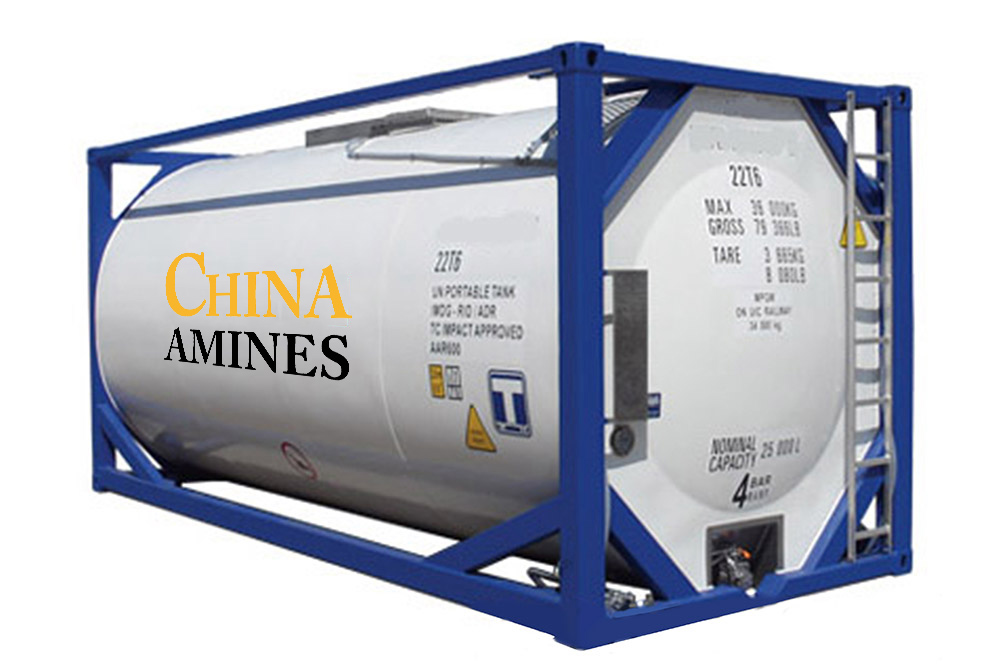1. Chemical Structure and Properties
Composition:
R410A is a near-azeotropic blend of R32 (difluoromethane, CH₂F₂, 50%) and R125 (pentafluoroethane, CF₃CHF₂, 50%).
Physical Properties:
Appearance: Colorless gas/liquid under pressure.
Boiling Point: -51.6°C (at atmospheric pressure).
Critical Temperature: 72.1°C; Critical Pressure: 4.95 MPa.
Density: 1.15 g/cm³ (liquid at 25°C).
ASHRAE Safety Classification: A1 (non-flammable, low toxicity).
Thermodynamic Properties:
Higher Operating Pressure: ~50% higher than R22, requiring specialized system components.
High Volumetric Cooling Capacity: Ideal for compact HVAC systems.
2. Industrial Applications
Residential & Commercial HVAC:
Air Conditioning: Primary use in split systems, heat pumps, and variable refrigerant flow (VRF) systems.
Advantages: Higher energy efficiency (10–15% improvement over R22) and compatibility with modern high-efficiency compressors.
Industrial Cooling:
Chillers: Limited use due to high pressure; replaced by lower-GWP alternatives like R513A.
Retrofitting:
Not a Drop-in Replacement: Requires system redesign (e.g., copper tubing, valves) when replacing R22.
3. Safety and Toxicology
Toxicity:
Low Acute Toxicity: No significant health risks at standard concentrations (TLV-TWA: 1,000 ppm).
Decomposition Risks: At temperatures >400°C, produces hydrogen fluoride (HF) and carbonyl fluoride (COF₂), both highly toxic.
Handling:
Leak Risks: High-pressure systems require leak detection and proper ventilation.
PPE: Safety goggles, gloves, and respiratory protection during servicing.
4. Environmental and Regulatory Compliance
Environmental Impact:
Ozone Depletion Potential (ODP): 0 (no ozone layer harm).
Global Warming Potential (GWP): 2,088 (100-year horizon, per IPCC AR6).
Regulatory Status:
EU F-Gas Regulation: Phasedown underway; banned in new stationary AC systems<3 kW since 2025.
U.S. SNAP Program: Listed as unacceptable in new equipment starting 2023; replaced by R454B and R32.
Kigali Amendment: Targets HFC reductions, accelerating R410A phaseout in 140+ countries.
Recycling/Reclamation: Mandatory under EPA Section 608 to minimize emissions.
5. Case Studies and Application Insights
Case 1: Transition to R410A in Japanese Residential AC (Daikin, 2010s):
Challenge: Replace R22 while improving efficiency in high-humidity climates.
Solution: Optimized heat exchanger designs and compressor technology for R410A’s high pressure.
Result: 20% energy savings and 30% reduction in refrigerant charge volume.
Case 2: R410A Phaseout in EU Supermarkets (Carrefour, 2022):
Process: Switched to CO₂ (R744) transcritical systems for refrigeration.
Outcome: 90% lower GWP impact and compliance with F-Gas quotas.
Comparative Analysis:
R410A vs. R32:
Pros: R32 has lower GWP (675) but is mildly flammable (A2L); R410A remains non-flammable.
Cons: R410A’s high GWP drives phaseout; R32 requires flame-retardant system designs.
R410A vs. R454B:
Pros: R454B (GWP 466) offers similar performance with 78% lower GWP.
Cons: Higher upfront costs for retrofitting.
Specifications:
R410A is a high-pressure, non-ozone-depleting refrigerant blend (50% Difluoromethane and 50% Pentafluoroethane) used in residential and commercial air conditioning systems, offering superior energy efficiency and cooling performance.


